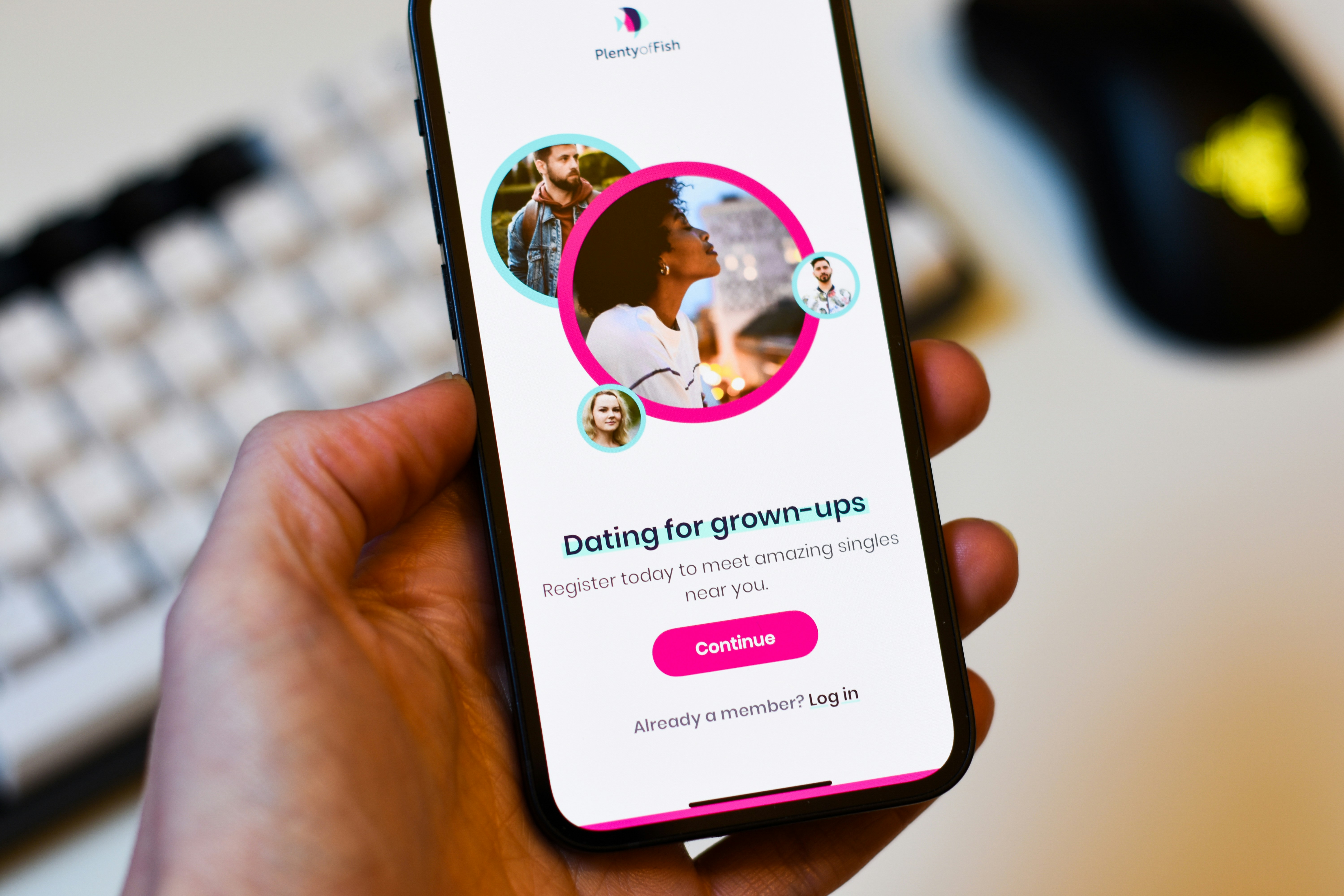

Why do anxious and avoidant attachment types find yourself in relationships, regardless that they’re essentially the most difficult?
—
Why do anxious and avoidant attachment types entice one another? Whereas it’s one of the frequent pairings, it’s additionally one of the difficult to navigate. Within the so-called anxious/avoidant entice, two individuals with these insecure attachment types get “trapped” in a tough relationship, as a result of as one needs closeness, the opposite withdraws. Right here’s why anxious and avoidant attachment types entice one another and 5 methods to keep away from the anxious/attachment entice in courting and relationships.
Why Anxious and Avoidant Attachment Kinds Appeal to Every Different
[embedded content]
The Anxious/Avoidant Dance
That is how these relationships are inclined to play out: when the avoidant accomplice feels smothered by the anxiously hooked up accomplice’s want for extra intimacy, the avoidant begins to drag away. This triggers the anxious accomplice to turn into extra anxious and crave extra connection and closeness from the avoidant accomplice. The avoidant accomplice, who values freedom and independence, then feels smothered by the anxious individual’s want for closeness, in order that they draw back. And the dance continues. Push, pull, push, pull. That is irritating for each companions.
Why Anxious and Avoidant Attachment Kinds Appeal to
Why doesn’t the anxiously hooked up individual discover somebody securely hooked up who will give them the love and connection and intimacy they want with out pulling away? Why doesn’t the avoidant individual discover somebody who will give them their freedom and house and meet them in a manner that works for them?
It’s acquainted. We’re all making an attempt to like and be beloved, and our early childhood experiences form our thought of what love appears like. Should you grew up in a household the place a guardian would draw back or go silent, this avoidant conduct is what you skilled as love. In case your dad and mom have been avoidant, there’s a excessive probability that you’ll turn into avoidant, otherwise you would possibly date avoidants to unconsciously obtain the parental affection you didn’t get as a toddler.
In case your dad and mom have been heat and loving generally and chilly and distant different occasions, you grew up pondering cold and warm conduct was love, and that led to your anxious attachment model. You would possibly date an avoidant to try to unconsciously obtain the love you have been lacking as a toddler.
When our brains acknowledge a sample that’s acquainted, which comes from the identical root as “household”, we get excited. We expect that’s love. Plus, the anxiously hooked up accomplice was raised to concentrate on assembly the wants of different individuals, and the avoidant tends to concentrate on defending themselves. This could create mind-blowing chemistry.
However earlier than you are worried that you simply’ll by no means discover somebody with chemistry pretty much as good as your previous anxious or avoidant companions, know that chemistry with somebody with safe attachment could be superb, too. The excellent news is nearly everybody has the capability to return to safe attachment.
5 Methods to Keep away from the Anxious/Avoidant Entice
The best strategy to keep away from the anxious and avoidant entice is to keep away from courting somebody who has an attachment model that’s the polar reverse of yours, particularly when you are therapeutic your attachment trauma. Some {couples} do handle to make relationships work once they have totally different types. How do they do this?
- They’re sometimes focused on private development or have already got some quantity of safe attachment of their attachment make-up, or each.
- These {couples} perceive and make allowances for one another’s attachment types. For instance, the anxious individual can acknowledge that their avoidant accomplice tends to withdraw once they really feel smothered, they usually can study to present them house with out taking it personally.
- They each concentrate on their very own tasks, mates, and passions. This offers each companions an opportunity to settle their attachment system, and prevents the pursuer/distancer dynamic from persevering with.
- The anxious accomplice practices self-soothing strategies to calm the underlying concern of abandonment.
- The avoidant accomplice notices once they start to withdraw and works on their underlying triggers. In addition they attempt to perceive their accomplice’s concern of abandonment, and the way their withdrawal response contributes to their accomplice’s concern.
It takes acutely aware work to interrupt these unhealthy patterns which have developed over a lifetime. By recognizing our attachment model and studying easy methods to self-soothe and establish and advocate for our emotions and wishes early on in courting, we create the trail for wholesome love. We heal our attachment wounds and create fulfilling and satisfying relationships that don’t contain always chasing, pulling away, and being pursued. Ultimately, our brains get rewired for wholesome attraction, and we see the worth in courting securely hooked up individuals.
Should you’re feeling caught in courting and relationships and want to lastly discover love, join a complimentary 45-minute love breakthrough session with Sandy https://lastfirstdate.com/software
Be a part of Your Final First Date on Fb https://fb.com/teams/yourlastfirstdate
Get a duplicate of Sandy’s books, Turning into a Girl of Worth; Thrive in Life and Love and Alternative Factors in Courting; Empowering Ladies to Make More healthy Selections in Love.




